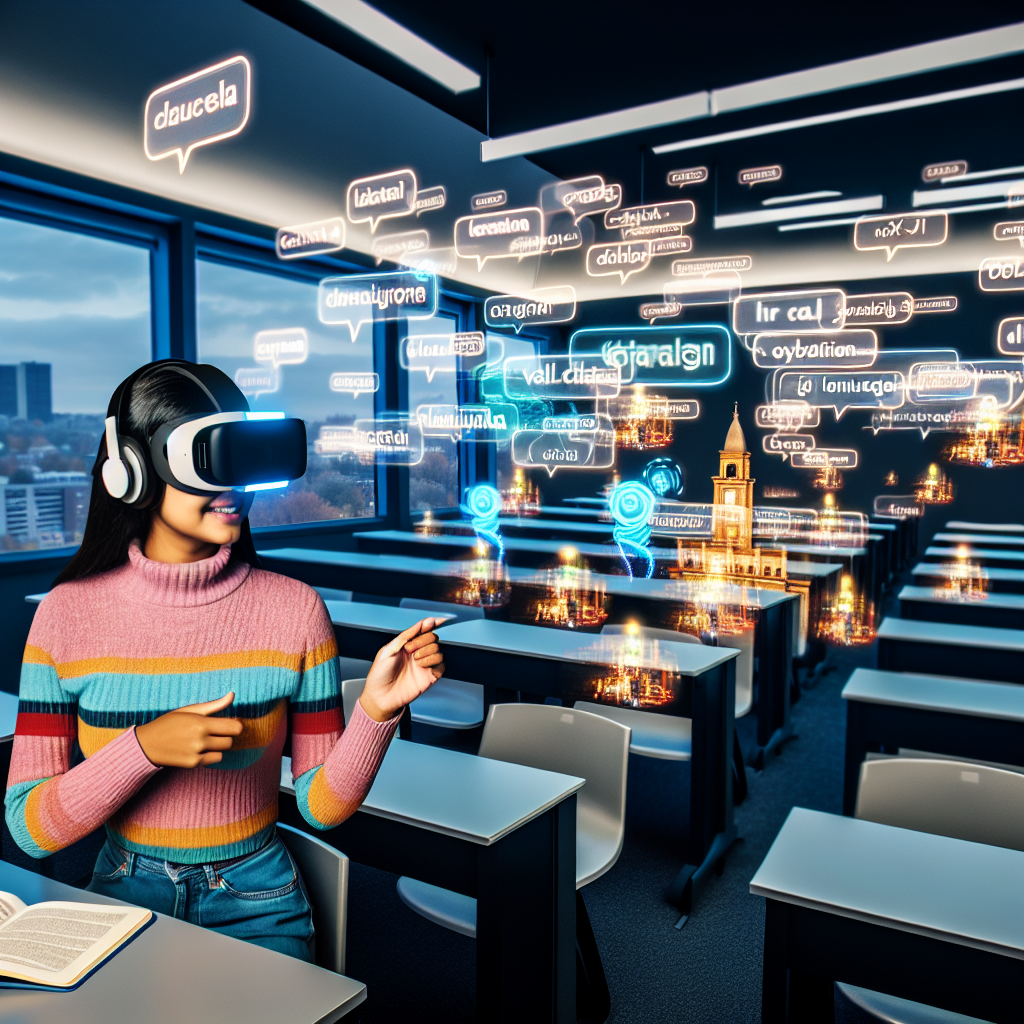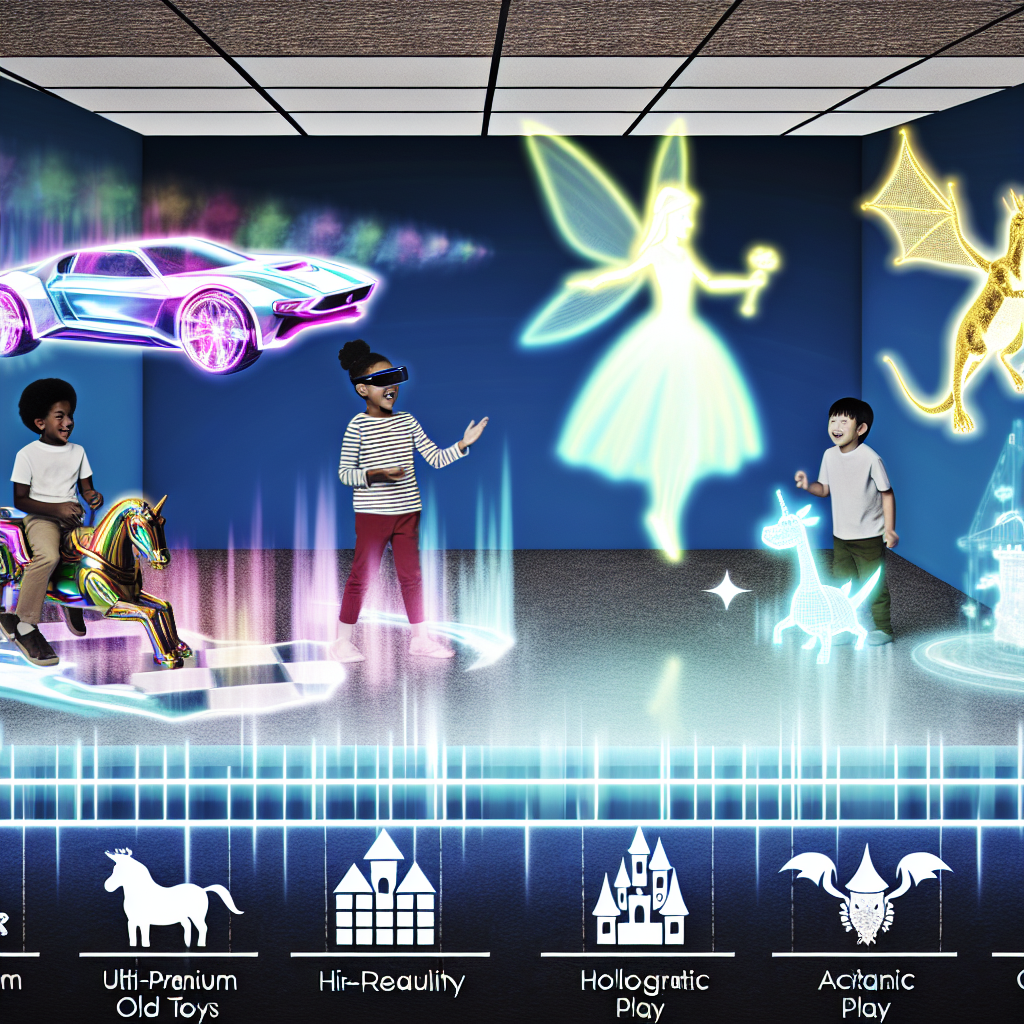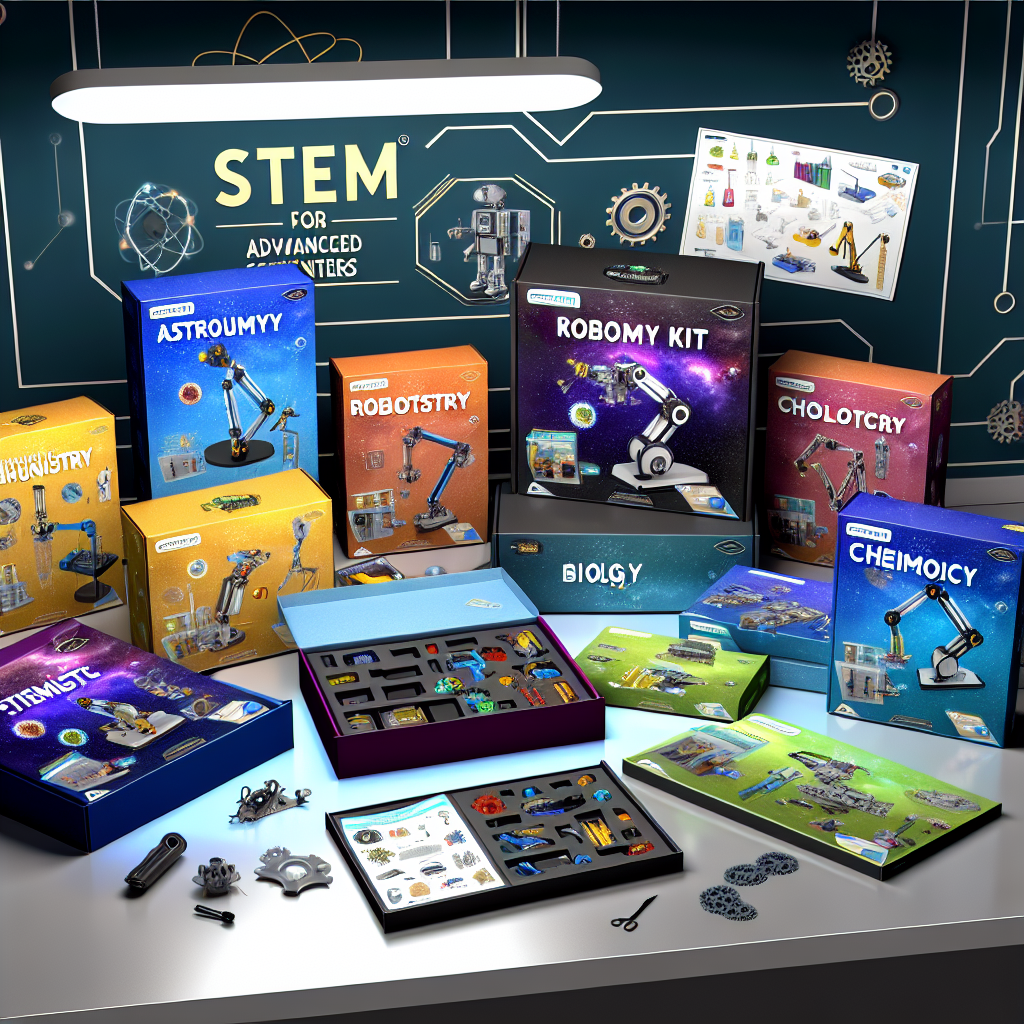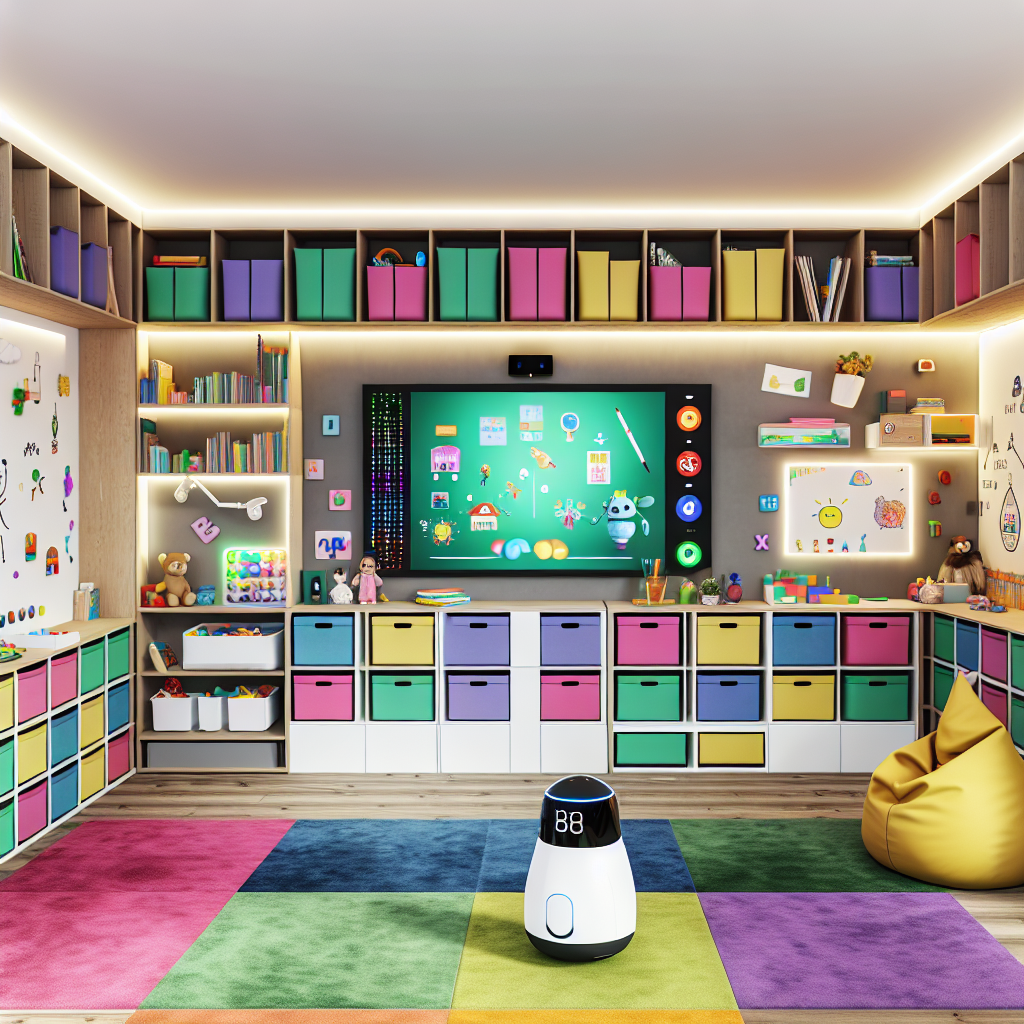Virtual Reality Language Immersion: The Next Generation of Bilingual Education
Introduction: A New Era of Language Learning
As the world becomes more interconnected, the ability to speak more than one language has transformed from a luxury to a necessity. For parents of means, bilingual education is not just about raising a child who can order in French at a five-star restaurant—it’s about preparing them to thrive in a globalized world filled with business, diplomacy, and cultural richness. Traditional methods such as bilingual schools, private tutors, and immersive travel have long been the gold standard; however, a revolutionary new approach is redefining language learning.
Virtual Reality Language Immersion (VRLI) is at the cutting edge of the educational landscape, offering children an unparalleled opportunity to learn a foreign language in a way that is immersive, interactive, and highly effective. Through virtual reality (VR), students can be transported into foreign environments where they can engage in real-time conversations, explore cultural nuances, and develop fluency in ways that traditional methods simply cannot achieve.
Unlike traditional classroom language instruction, which often emphasizes memorization and rote learning, virtual reality-based methods rely on deep engagement and experiential learning. For instance, instead of practicing Spanish vocabulary on flashcards, a child can walk through a simulated Madrid marketplace, barter with vendors, and discover new phrases organically. This type of simulation-based learning has been shown to increase retention rates, making language acquisition more natural and lasting.
As a luxury education investment, VR language immersion provides elite families with the advantage of giving their children access to native speakers and real-life language experiences without geographical limitations. Whether in their New York penthouse or their Hamptons retreat, learners can seamlessly engage in conversation with AI-powered tutors and native-speaking avatars, ensuring that their linguistic development is uninterrupted by travel plans or limited local resources.
In this article, we will explore the scientific foundations behind virtual reality language immersion, examine the advantages that this technology offers over traditional language learning methods, and delve into how investing in VR language solutions can redefine the way children of affluence access bilingual education.
The Science Behind VR-Based Language Learning
Numerous studies have shown that immersive and interactive methods are far more effective for language acquisition than traditional classroom-based approaches. The concept of immersive learning is backed by decades of neuroscience and cognitive psychology.
A study published in Nature Scientific Reports found that immersive environments enhance memory retention and comprehension because they activate the brain’s spatial memory and sensory association areas, allowing individuals to process new phrases in a contextually meaningful way. Researchers concluded that language acquisition is significantly more effective when exposure is combined with real-world experiences, a principle that VR perfectly replicates. [Source]
According to a 2019 study in the Journal of Computer-Assisted Language Learning, VR-based language learning improves pronunciation and conversational skills more effectively than standard coursework. Participants who learned a language through VR were found to develop better verbal fluency compared to those using traditional textbook-based instruction because they were exposed to spoken dialogues in dynamic, context-specific scenarios. [Source]
Moreover, The University of Maryland’s Immersive Cognition Lab demonstrated that students engaged in VR-based education experience a 40% increase in knowledge retention compared to conventional learning environments. This advantage stems from the “learning by doing” approach, which lets children actively engage in foreign-language conversations rather than passively absorb information. [Source]
Another key factor in bilingual education is the “Affective Filter Hypothesis“, developed by linguist Stephen Krashen, which suggests that stress and anxiety hinder language acquisition. VR creates a comfortable and private learning space where children can practice without fear of embarrassment or correction in front of peers, enabling them to refine their skills at their own pace. By reducing anxiety and increasing engagement, VR optimizes the language learning process in ways that traditional classrooms or even private tutors cannot match.
Why VR Language Immersion Outperforms Traditional Methods
The advantages of VR language learning go far beyond simple memorization techniques. It provides:
– Immersive Learning Environments – Students experience the language in real-world contexts, making it easier to retain new vocabulary.
– Interactive Conversations – AI-driven tutors and voice recognition technology enable real-time speaking practice.
– Geographical Freedom – No need for expensive travel or native-speaking tutors; VR allows for immersive experiences from home.
– Increased Engagement – Gamification elements make learning fun and encourage practice without the tedium of rote study.
– Stress-Free Learning – Private VR sessions remove the fear of public mistakes, making it easier for students to practice openly.
For families investing in their children’s future, this cutting-edge technology offers a blend of convenience, effectiveness, and cultural exposure that no other method can match.
Conclusion: The Future of Elite Bilingual Education
Virtual Reality Language Immersion is revolutionizing the way children of affluence learn new languages, offering an adaptive, engaging, and scientifically backed approach to bilingual education. By replicating real-life scenarios in an immersive environment, VR eliminates the limitations of traditional language instruction, providing unparalleled access to cultural authenticity and conversational fluency.
For elite parents investing in their children’s future, VR-based language education is not just an innovation—it is the next frontier in global learning. The ability to converse fluently in multiple languages no longer requires lengthy vacations abroad or full-time language tutors. With cutting-edge VR technology, the world is quite literally at your child’s fingertips.
**Summary:**
Virtual Reality Language Immersion (VRLI) is a revolutionary approach to bilingual education that offers children an immersive, interactive, and highly effective way to learn a foreign language. By leveraging the power of virtual reality, VRLI transports students into real-world environments where they can engage in conversational practice, explore cultural nuances, and develop fluency in ways that traditional methods cannot. Numerous studies have demonstrated the scientific benefits of VRLI, including increased knowledge retention, improved pronunciation and conversational skills, and reduced anxiety – making it the ideal solution for elite families seeking to provide their children with the linguistic skills necessary to thrive in a globalized world.
**References:**
– [Enhanced Memory Retention in Virtual Reality Learning](https://www.nature.com/articles/s41598-019-51287-7)
– [VR-Based Language Learning & Fluency](https://www.tandfonline.com/doi/full/10.1080/09588221.2019.1577349)
– [40% Increase in Knowledge Retention through VR](https://papers.ssrn.com/sol3/papers.cfm?abstract_id=3398550)

Dominic E. is a passionate filmmaker navigating the exciting intersection of art and science. By day, he delves into the complexities of the human body as a full-time medical writer, meticulously translating intricate medical concepts into accessible and engaging narratives. By night, he explores the boundless realm of cinematic storytelling, crafting narratives that evoke emotion and challenge perspectives. Film Student and Full-time Medical Writer for ContentVendor.com




